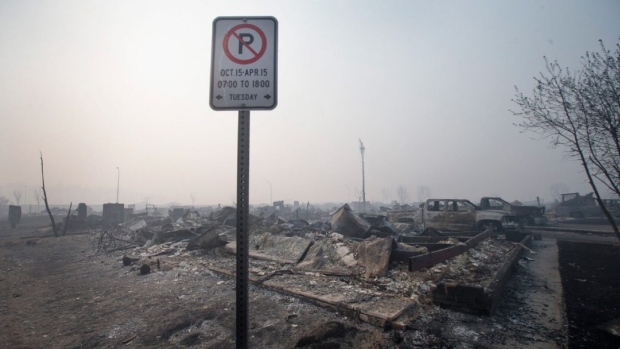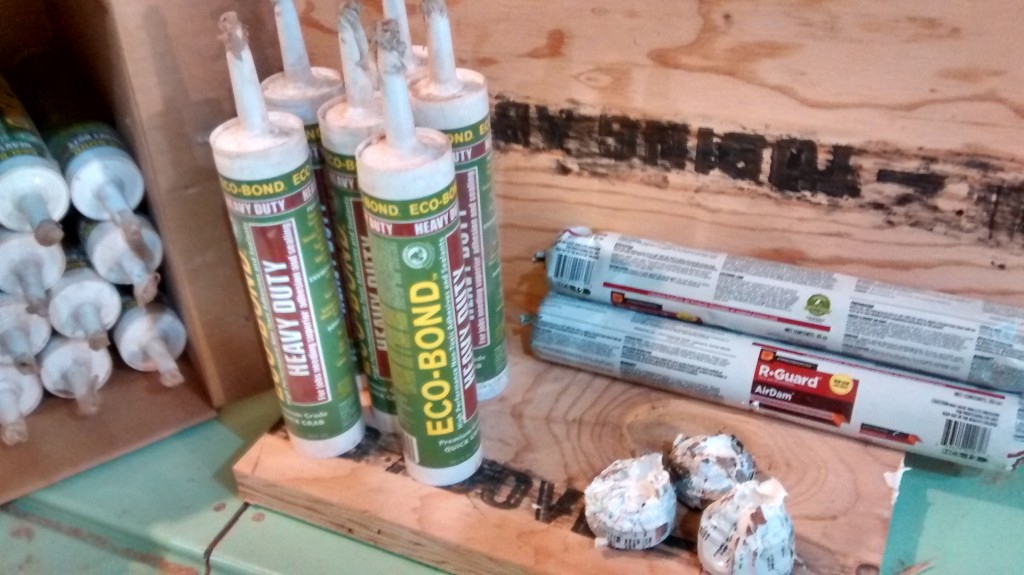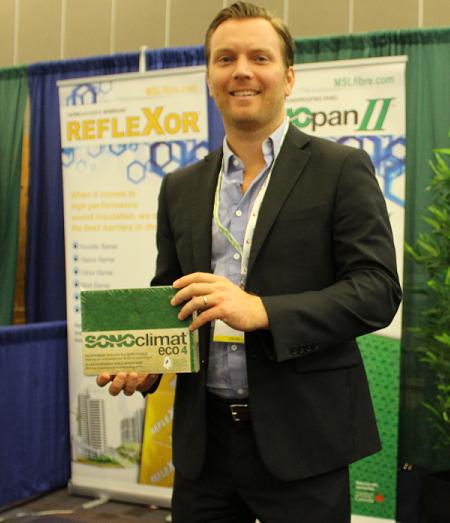Fort McMurray fires shine spotlight on toxic homes

Several weeks ago we watched in horror as parts of Fort McMurray, surrounding communities and significant patches of the boreal forest went up in flames. Just recently we were reminded of another danger – the public health impact of toxic ash left over by burnt buildings.
An article by the Canadian Press draws attention to this hazard, specifically the toxic levels of leftover ash from community fires in California and Slave Lake, AB. According to the article: “the U.S. Geological Survey found ash left after California’s home-destroying wildfires in 2007 and 2008 was far more alkaline than ash from wood fires. Mixed with water, the ash was almost as caustic as oven cleaner.”
Arsenic, lead, antimony, copper, zinc and chromium were found at levels exceeding Environmental Protection Agency guidelines, according to the article.
Needless to say this poses a real public health danger for people returning to their communities after a fire. Measures must be taken to properly dispose of the toxic waste, which of course are expensive.
Fort McMurray is facing this very problem, drawing attention to the toxic products used in buildings there and quite frankly, everywhere.
Petrochemical-based building materials, which were created during World War II, are widespread in the construction industry and used as a standard. The big culprit, however, is vinyl, particularly vinyl windows and siding found in newly built suburban tract housing. When subject to fire, they produce hazardous waste.
Unfortunately, significant barriers currently prevent most homeowners from building toxic-free homes. These barriers include product availability, code restrictions, performance requirements, space limitations, and sometimes cost.
Greening Homes makes it a point to use non-toxic materials in its home renovations projects as much as possible. With very few exceptions, we avoid vinyl siding and windows. We also don’t use spray foam for insulation and XPS foam under slab whenever we can.
The good news is that we are starting see more and more non-toxic building materials on the market, offering homeowners healthy alternatives to standard products.

Recently we reported on non-toxic construction adhesives and the latest innovations at the National Conference of the Canada Green Building Council – products that we now use in our renovations.
Education on the environmental impacts of renovations and building has also always been essential to our operations. This is why we deliver Responsible Renovations Reports to our clients. We are also always on the lookout for the latest products that offer maximum performance without harming the health of anyone or anything.

Our raison d’etre is to push the envelope away from harmful renovations and building practices. Our hope is that the fires in Northern Alberta will serve as a wake-up call to governments and the construction industry. As the federal and Ontario governments are preparing plans to transition to a clean energy economy, we hope they include the transition to healthy buildings too.